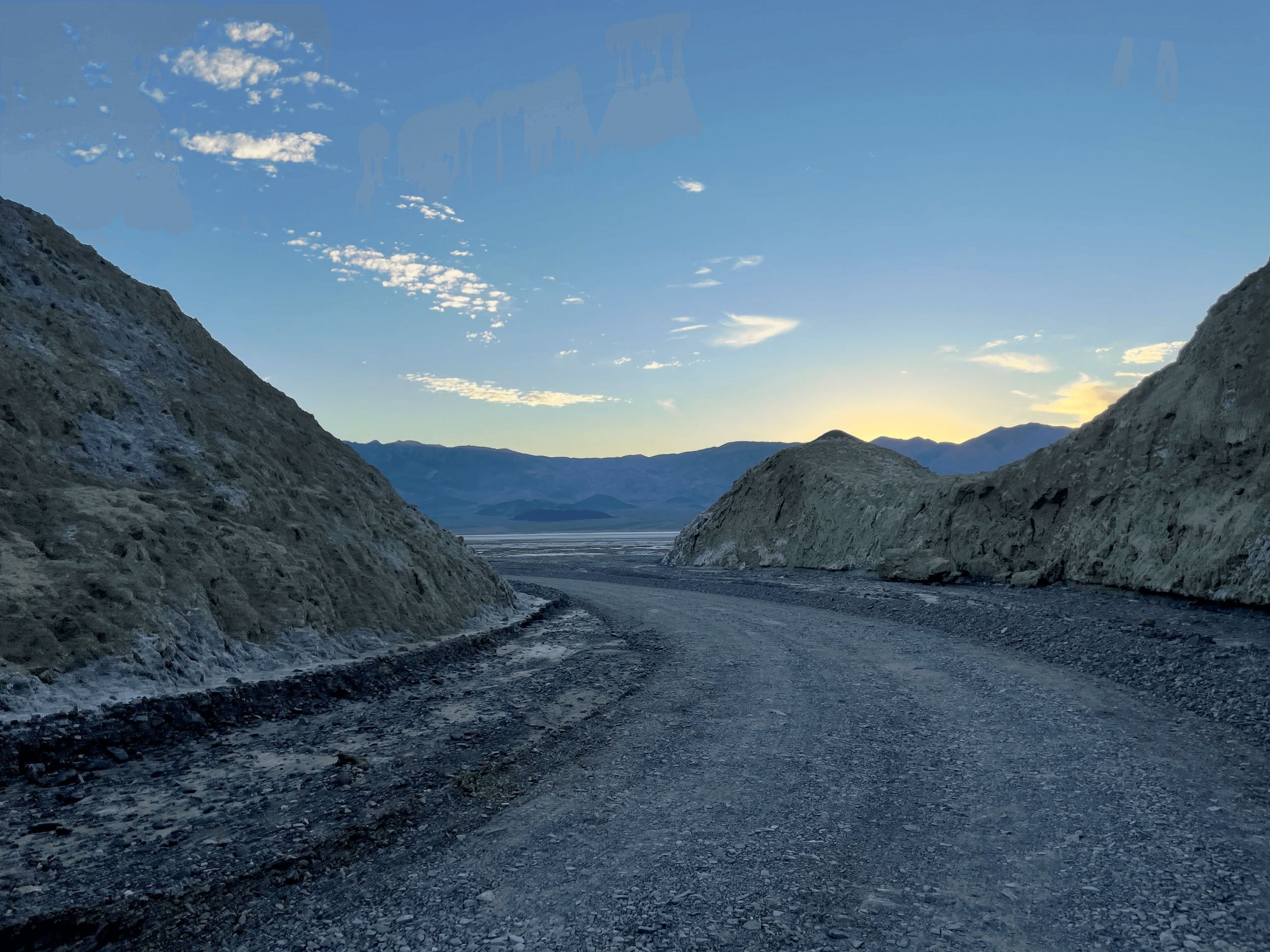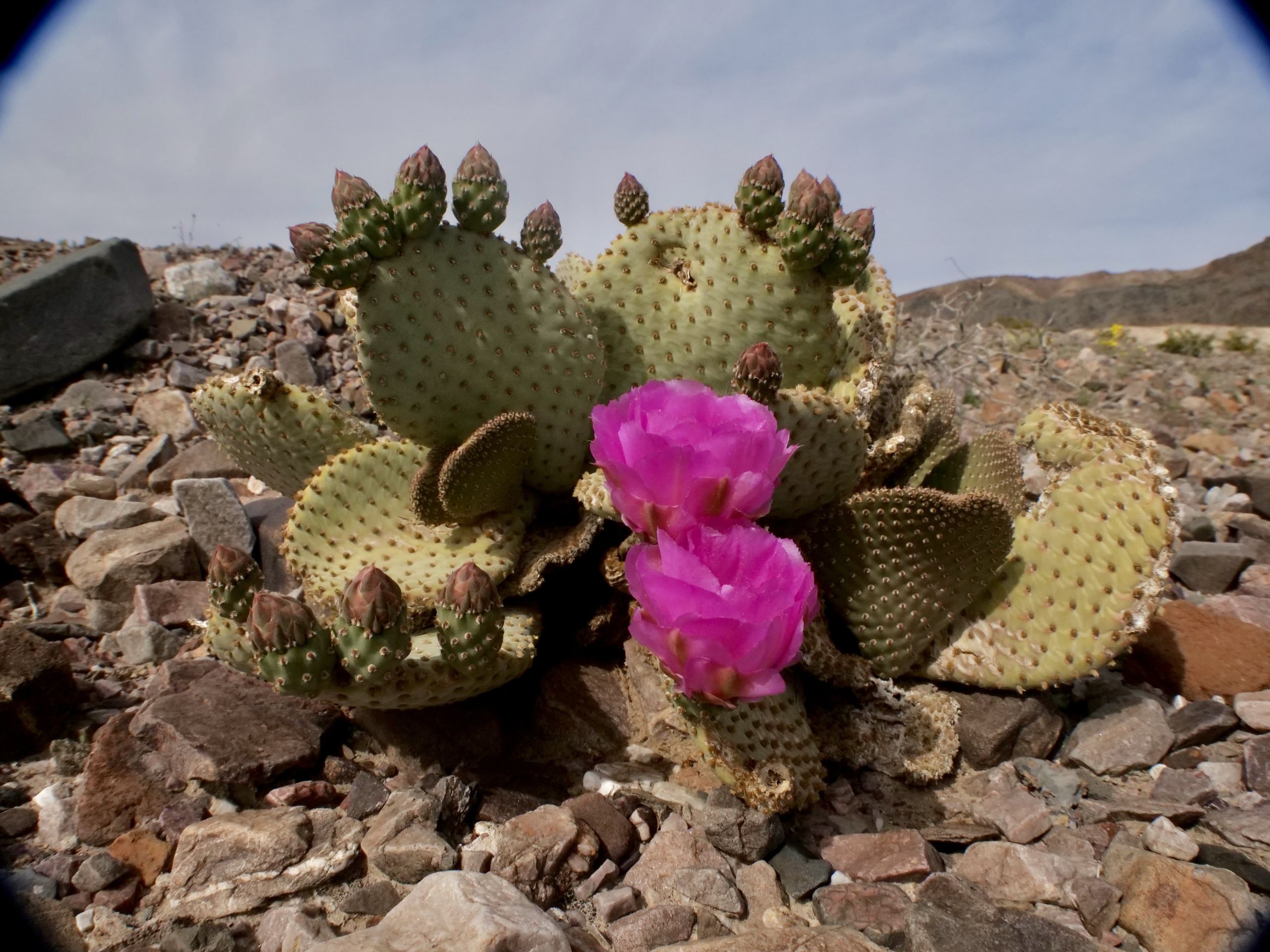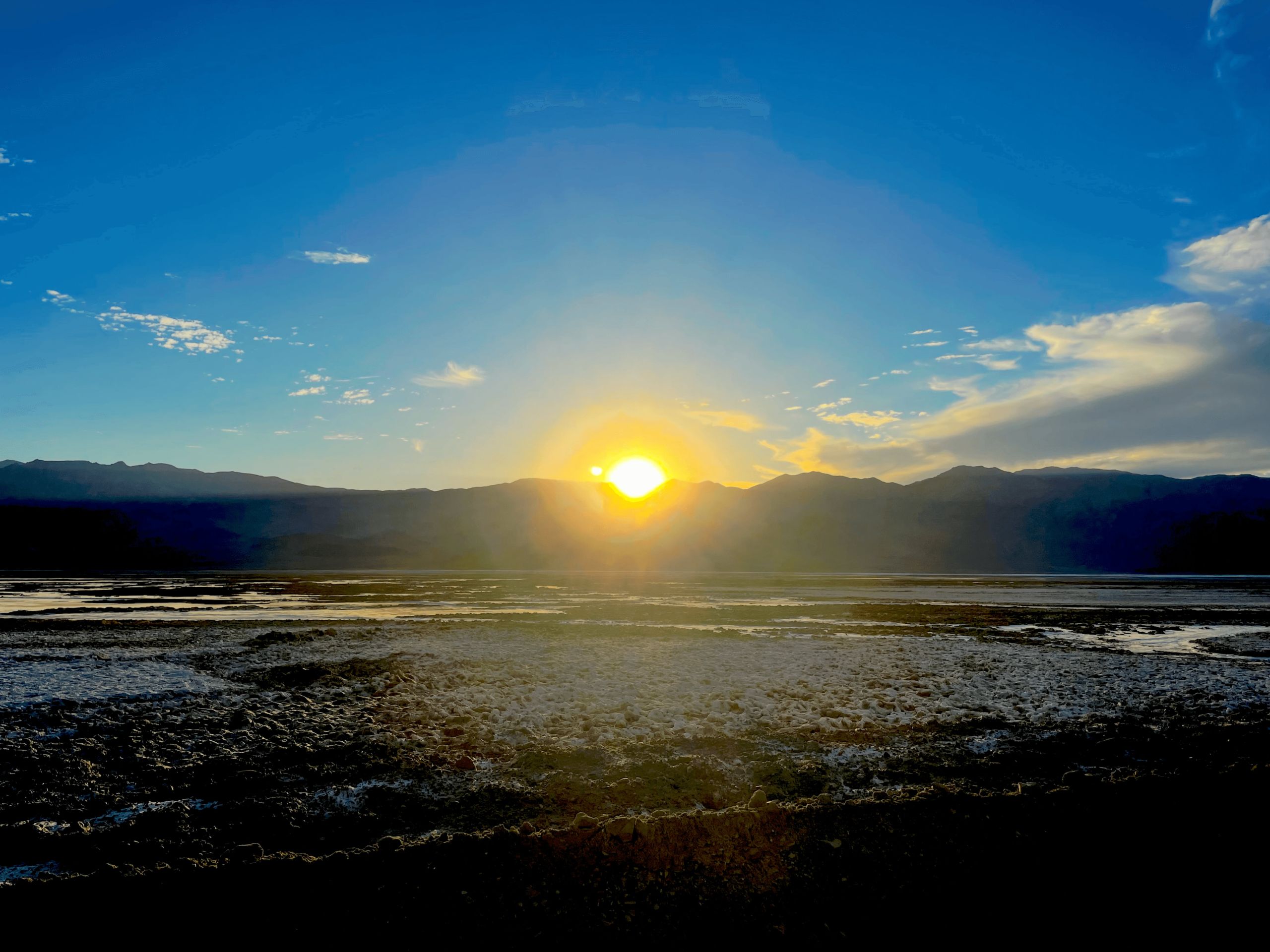Inyo County Offers 14,000-Foot Peaks, Death Valley, Glaciers, Fishing, Hiking And Exploring Galore
There are remote sand dunes, alpine meadows, glacier fed lakes, desert canyons, imposing mountain summits and some of the best hiking, fishing, backroad excursions, and hunting that California has to offer.
Check out the checklist of extremes:




